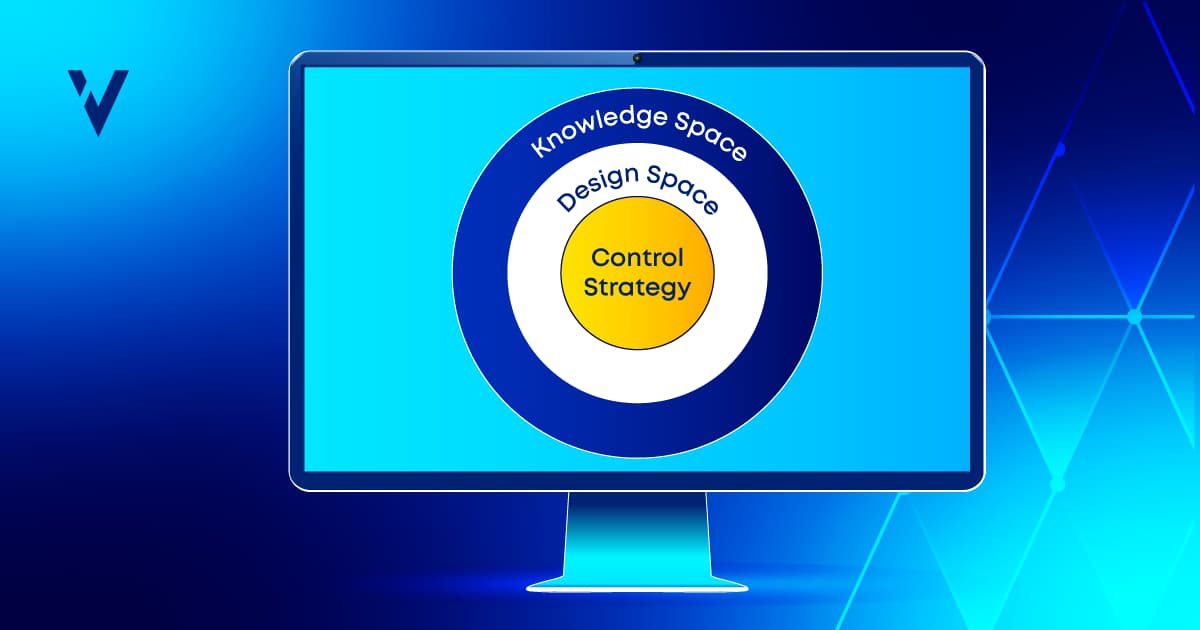Product Quality Review (PQR) is a key aspect of pharmaceutical and biopharmaceutical manufacturing, ensuring product quality and regulatory compliance. Despite its importance, creating a PQR is often full of inefficiencies and risks related to data integrity.
This blog post explores strategies to streamline PQR processes, transforming them from mere regulatory checkboxes into proactive tools for continuous quality improvement by leveraging digital solutions.
Purpose and Regulatory Landscape of PQR
At its core, PQR is an evaluation conducted to assess and ensure the quality standards of each product. The primary objectives of PQR include verifying the consistency of existing processes, its “state of control,” and validation status, checking the appropriateness of current product specifications, and analyzing trends to determine the need for corrective and preventive actions (CAPAs).
Regulatory agencies like the FDA mandate that manufacturers conduct PQRs at least annually (annual product quality review or APQR). However, the exact frequency can vary based on the product's nature, the number of annual batches, and the process history.
The FDA emphasizes the need for continuous evaluation to determine if changes in product specifications or manufacturing processes are necessary. Similarly, the EMA (and other global regulatory bodies) view PQR as a mechanism to verify process consistency and identify opportunities for improvement.
Organizations such as ICH and PIC/S align with this perspective, defining PQRs as diagnostic tools to highlight the need for process revalidation or CAPAs, especially when incremental changes threaten the validated state or when recurring issues indicate a lack of control.
Goals and Challenges of PQR
The goals of PQR go beyond regulatory compliance. They aim to drive quality and foster business excellence. These key goals encompass:
- Quality Right First Time: Minimizing out-of-specification (OOS) results by identifying process or product deviations early, enabling continuous improvement.
- Harmonization: Standardizing procedures, templates, and systems across the organization to ensure consistent, reliable, and comparable results.
- Scalability: Efficiently managing increased data volumes as the organization grows without compromising performance or accuracy.
- Cost Reduction: Reducing costs associated with implementing and maintaining PQR processes effectively while ensuring high standards of quality and compliance.
Achieving these goals, however, can be challenging. Common pitfalls include:
- Reactive Approach to Quality: Without a robust trend analysis, emerging deviations may be missed, leading to potential quality issues and missed improvement opportunities.
- Regulatory Compliance: The complexity of complying with diverse global regulations and the need for comprehensive documentation can hinder a unified approach.
- Data Management: Incomplete or inconsistent data collection and accessibility issues can compromise the PQR process.
- Reporting: Manual and time-consuming reporting processes and a lack of standardized templates can lead to inconsistencies and inefficiencies.
CPV as a Key Enabler of PQR
A robust Continued Process Verification (CPV) program can significantly enhance PQR processes, boosting quality and business efficiency to the next level.
The figure below illustrates the typical sections of a PQR, highlighting where the most time-consuming tasks reside.

According to FDA guidance, CPV is a regulatory expectation in stage 3 of the product lifecycle, ensuring that processes remain in a state of control during commercial manufacture.
Digital CPV platforms offer several advantages:
- Data Collection: Automated and continuous data collection and storage from multiple integrated systems (e.g., MES, ERP, LIMS) ensures comprehensive and accurate data for PQR.
- Data Integrity: Digital platforms maintain high standards of data integrity, ensuring that all data used in the PQR is accurate, consistent, and reliable.
- Real-Time Monitoring: Real-time data collection and integration enable proactive monitoring of process performance and product quality, facilitating early identification of deviations.
- Automated Reporting: Digital CPV facilitates the automatic generation of reports at predetermined intervals, freeing up technical teams to focus on root cause analysis and process improvements.

A digital CPV system can streamline the PQR process by providing a centralized location for all relevant data, ensuring audit readiness, and enhancing regulatory compliance. Furthermore, integrating various systems (e.g., CAPA, change control) into the CPV framework supports a comprehensive and efficient approach to PQR.
Future-Proof PQR
PQR is a multidimensional regulatory requirement essential for ensuring consistent product quality throughout the product lifecycle. Traditional PQR procedures, heavily reliant on manual data collection and reporting, are no longer sufficient to meet the demands of contemporary pharmaceutical manufacturing practices. By leveraging digital solutions and robust CPV programs, manufacturers can transform PQR into a real-time, proactive tool for quality management and continuous improvement.
Investing in digital transformation not only enhances compliance and efficiency but also builds business and quality resilience. As the pharmaceutical industry continues to evolve, embracing technological advancements will be vital to maintaining high standards of product quality and staying competitive in a rapidly changing regulatory landscape.
By adopting these innovative solutions, pharmaceutical companies can optimize their PQR processes, ensuring product quality, regulatory compliance, and operational excellence. The journey toward a fully digital PQR may be complex, but quality, efficiency, and compliance rewards are well worth the investment.
Avoiding the Pitfalls of PQRs with ValGenesis Process Insight
ValGenesis Process Insight offers a revolutionary approach to managing PQRs by enabling users to gather real-time data, detect issues early, analyze data effectively, improve process understanding, document findings comprehensively, and ensure regulatory compliance — all of which are essential for performing a thorough, effective PQR.
Using Process Insight is a step forward in building comprehensive reviews of historical data to assess long-term process performance and identify opportunities for improvement. The tool enables pharmaceutical manufacturers to achieve greater efficiency and maintain the highest product quality standards.
Learn more about ValGenesis Process Insight.



